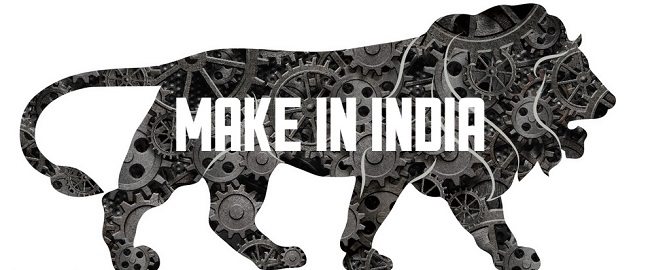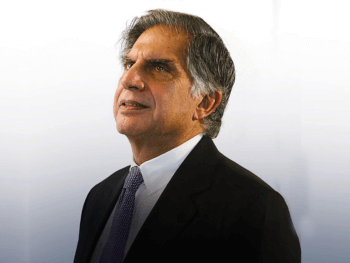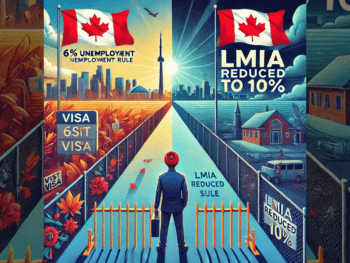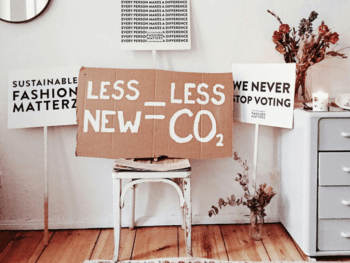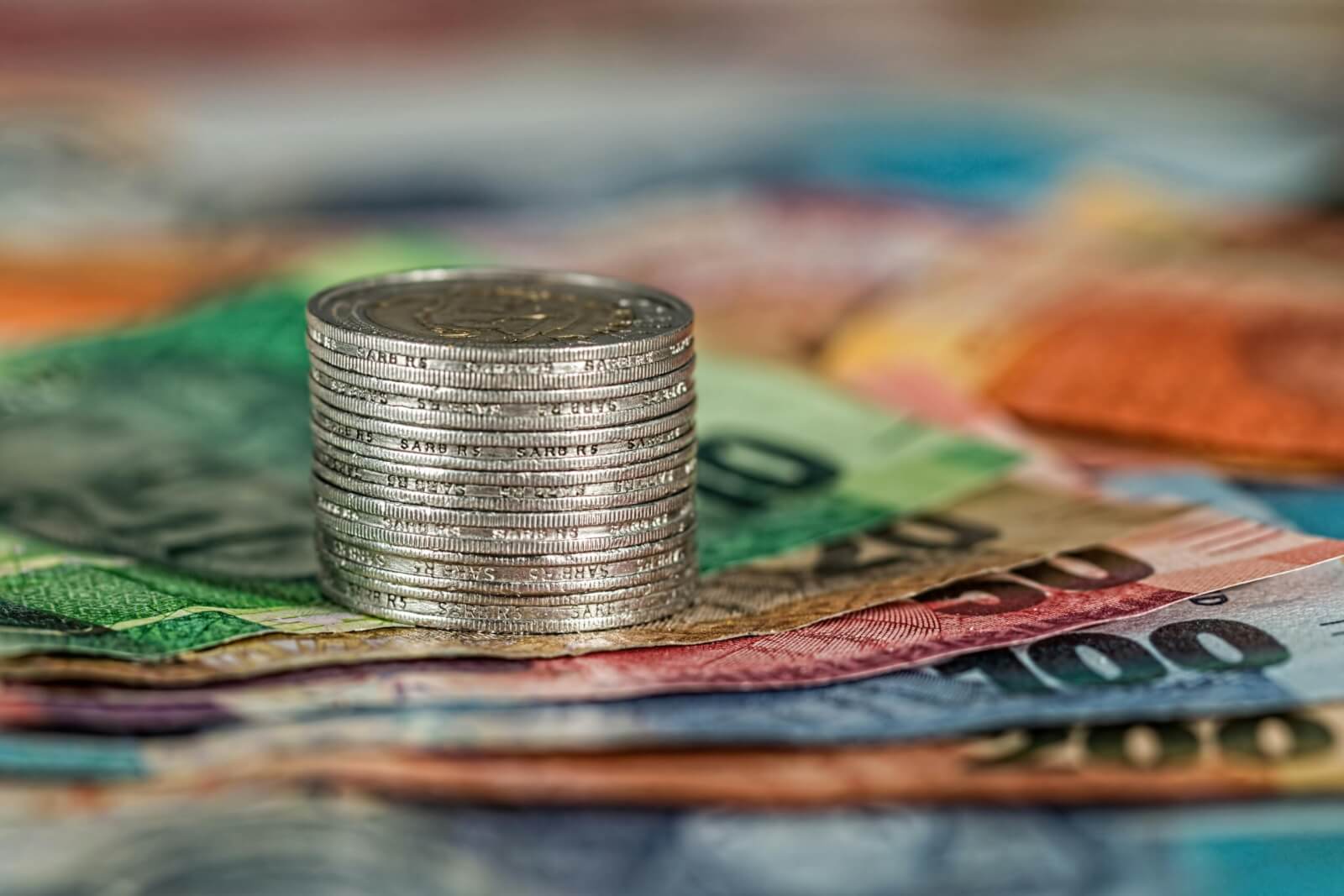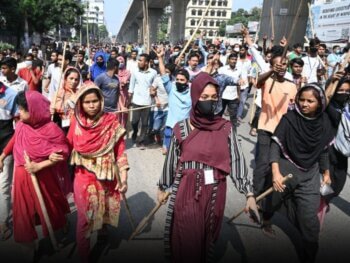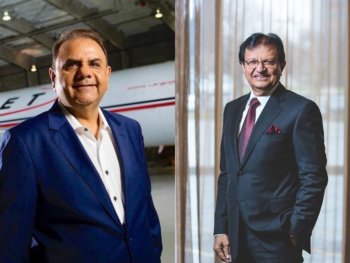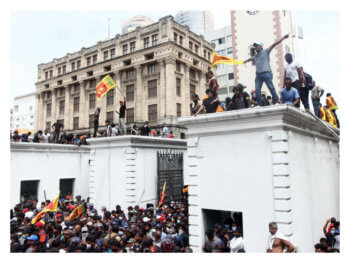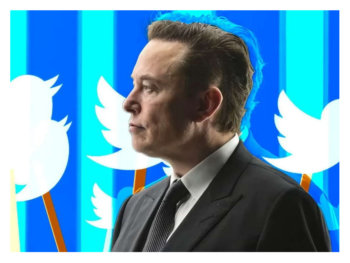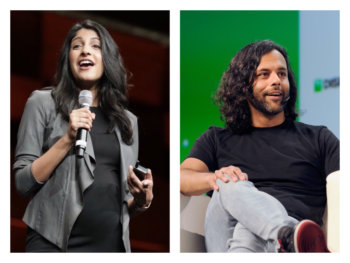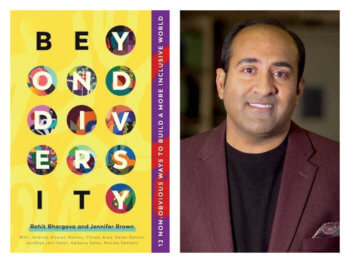Tiger Vs The Dragon
Not so long ago, US President Barak Obama and Prime Minister Narendra Modi together watched India’s military parade during India's Republic Day extravaganza. The timing of Obama's trip to India back in January 2015 seemed beautiful. He landed on the 66th commemoration of India's constitution, days in the wake of scrutinizing China in his State of the Union address. "At this very moment, China needs to compose the tenets for the world's quickest developing state," Obama told Congress. "Why would we let that happen?"
It's not the first time the president has insulted China to score political points. Yet that motion, and Obama's choice to meet with Modi twice in four months, demonstrates that the White House is looking to back India.

Although Washington wants to push India against China's fastest-growing economy to stop him, there are some facts that can’t be ignored. India today doesn't quite look like the monetary dynamo that, only a couple of years back, some people anticipated would surpass China as developing markets' champion.
If we consider that China got a 13-year head start on India in opening its economy and giving organizations more prominent flexibility to contribute and produce, to find markets, and to access large spending and overseas assets, India today strikingly resembles China in 2001.

That comparison ought to both reassure and concern India as it gets back on its feet following three years of feeble development and high inflation — "reassure" since it suggests the nation's economy could stay in a China-like direction for a considerable time. But India's deferral could imply that the nation has passed up a great opportunity for some enormous points of interest that catalyzed China's rise.
This comparison is particularly worth considering, given how eagerly India's recently chosen prime minister — Narendra Modi — is attempting to take over the strength of China's export- and venture-driven achievements.
Modi is guaranteeing Indians bullet trains and "brilliant urban communities." He is taking off more "exceptional monetary zones" where organizations get tax reductions and hurdle through India's bureaucratic bushes.
He shows all the signs of taking prompts from a certain northern neighbour about how industry can take advantage of solid direction and support. Exchange Minister Nirmala Sitharaman said that the administration will “ensure that we do enough hand-holding with our manufacturers so that 'Made in India' becomes a brand which all of us can be proud of."
The two nations' approaches look strikingly comparable. In the years after liberalization, overseas assets, exports, and spending on future development have all developed at the same rates in both countries. India's per-capita yield a year ago, balanced for inflation, was somewhat above China's in 2000.
There are some contrasts too. China's economy, even in 2001, was a great deal more assembling-focused than India is today. India's development has been filled all the more by administrations, for example, programming and business outsourcing.
From all the pros and cons, it's clear that China's lead over India is significant. India, back in 2011, still hadn't attained the proficiency rate that China had in 1990. As far as how many years an average person has spent in school, India in 2013 was practically comparable to China in 1985. In my estimate, India is correspondingly decades behind on indicators of well-being, sanitation and lifespan.
But the basic point is that the Indian "tigers" are going to beat the Chinese "dragons" in 2016 because they're expected to expand at 6.3% this year and 6.5% in 2016, which will exceed China's estimated growth rate. But all this depends on the implementation. In this scenario, the two meetings of the minds — the heads of India and the United States — is significant and very valuable because it seems that now Washington wants a change of power in Asia.
Feature Image: makeinindia.gov.in
Blog Images: #1 images.csmonitor.com
#2usimages.punjabkesari.in
source: firstpost.com
JL Jordan III
Author
The managing partner of Jordan and Marks Enterprises, JL has had years of experience in marketing, operations and public relations working with clients such as OHSI, IlliniCare and Hyde Park Apparel to name a few. JL is no stranger to publications as he has also been featured in QVegas Magazine.


















































